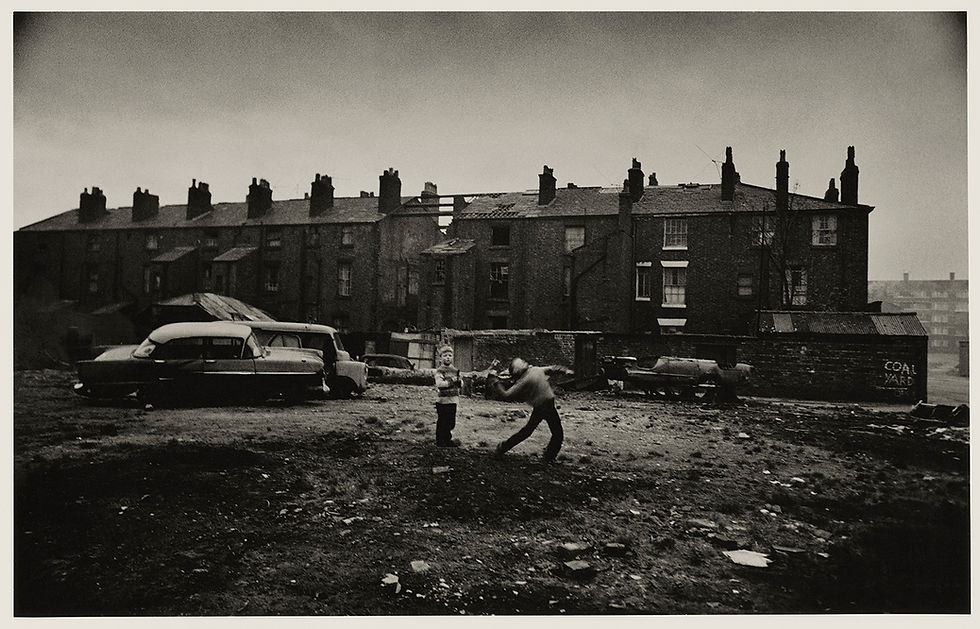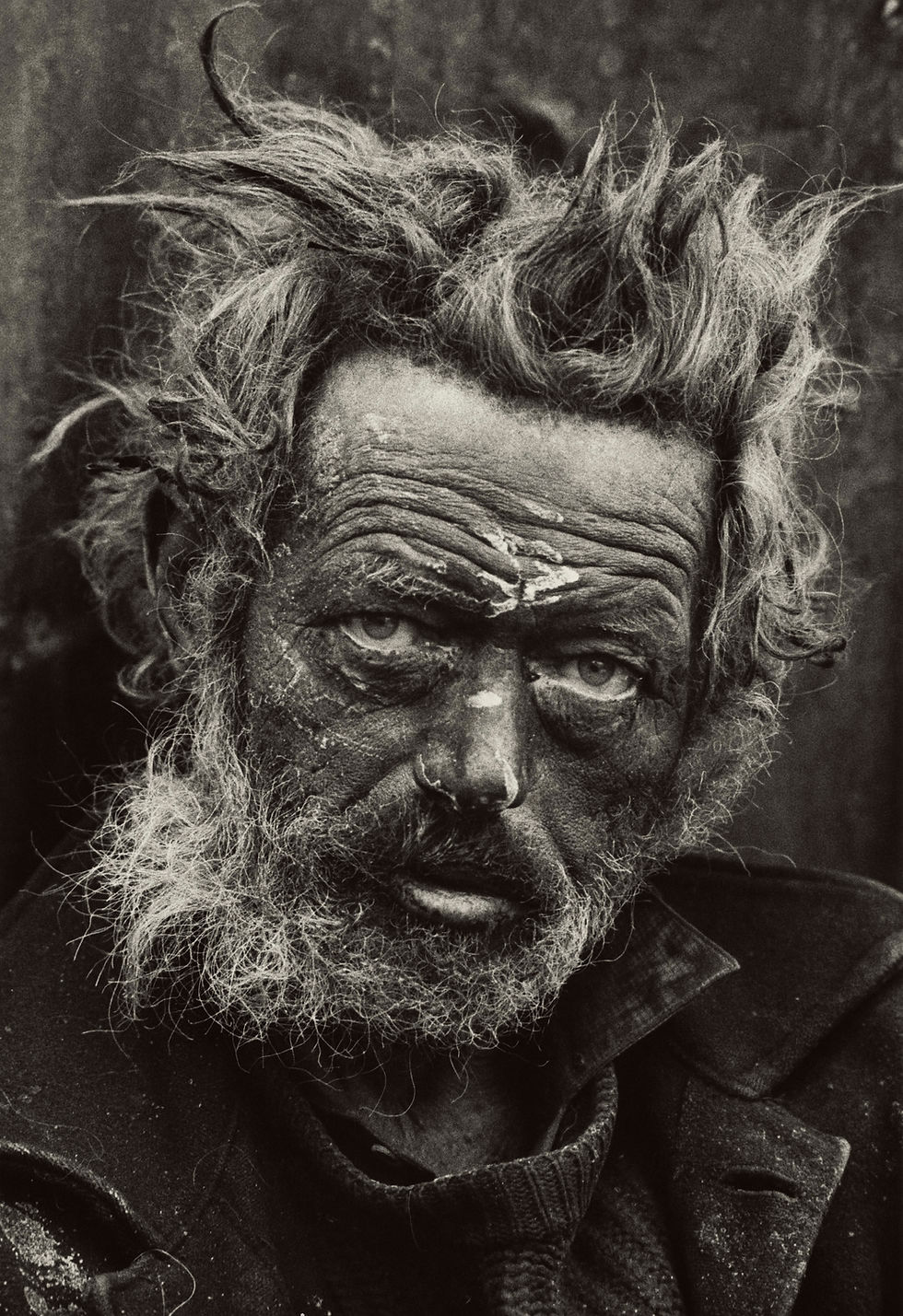Aggiornamento: 29 ago 2019
La nostra esistenza è sempre rivolta al confine. Ogni espandimento dell’essere si confronta con un oltre che sfonda il costituito. Da circa quattro anni Federica Gonnelli riflette proprio sul tema del confine. I fenomeni territoriali si riverberano perennemente nella persona in molteplici modalità. Tutto ciò fa in modo che quello che appare ben delimitabile diventa tranquillamente superabile. Federica Gonnelli da sempre si muove oltre i limiti delle discipline delle arti visive. In tale percorso espositivo il reale si fa luogo per riflessioni sul destino umano. Nei quattro lavori denominati Transizione e Germinazione ci troviamo davanti ad immagini rielaborate e fantasmagoriche dove, grazie a sovrapposizioni, siamo immersi in una sequenza di quegli sviluppi naturali che testimoniano il fluire indefesso dell’ambiente.

Transizione e Germinazione
Assemblaggio di immagine fotografica stampata su organza, stoffa, carta, legno e materiali vari. 1 elemento 104x104x5 cm, 4 elementi 27x27x5 cm ciascuno. 2019.
La terza sponda del fiume – Viaggio sono assemblaggi accompagnati da alcuni frammenti tratti dal racconto “La Terza Sponda del Fiume”, di João Guimarães Rosa. Il corso d’acqua, al suo interno, può essere un movimento di esperienze e di esistenza. Tramite queste combinazioni il fiume diventa fenomeno di trasformazione e germinazione impossibile da racchiudere in confinazioni.

La terza sponda del fiume – Viaggio
Assemblaggio di immagine fotografica stampata su organza, carta, filo di cotone, micro–scultura di ferro zincato saldato e plexiglass. 46x33x5 cm ciascuno. 2017.
L’installazione Come un fiume (verso la foce) il fiume Isonzo e il territorio circostante sono un riferimento ineludibile per imbastire concetti che riguardano il sentire e il percepire queste presenze. Tali allusioni sono quindi uno studio che immette in altri flussi dell’immaginazione e della riflessione.

Come un fiume (verso la foce)
Installazione assemblaggio di ecoline e grafite su carta, legno e luce led. 40 elementi 30x30 cm ciascuno, 1 elemento 30x30x5 cm, misure complessive 180x630x5 cm. 2019.

Come un fiume (verso la foce) – Particolare di Gradisca
Queste opere rappresentano quel confine che continuamente superiamo, segno di un esistere che perennemente si ricrea nel contatto con l’esterno, sia territoriale che concettuale. Ogni stratificazione riscontrabile in questi lavori porta il nostro essere verso scatti aggiuntivi che certificano la diversità e profondità del nostro stare al mondo. Il confine non ci appare più come separazione ma monito per superare le resistenze del vivere.
- Stefano Taddei
INAUGURAZIONE Sabato 24 Agosto 2019 ore 19.00
"LA FORTEZZA" Galleria d'Arte
Via Ciotti 25, Gradisca d'Isonzo (Go)
La mostra sarà visibile fino al 15 settembre: dal mercoledì al venerdì dalle 17.30 alle 19.30, sabato dalle 10.30 alle 12,30 e dalle 17.30 alle 19.30, domenica dalle 10.30 alle 12.30.
Per informazioni: gallerialafortezza@gmail.com







